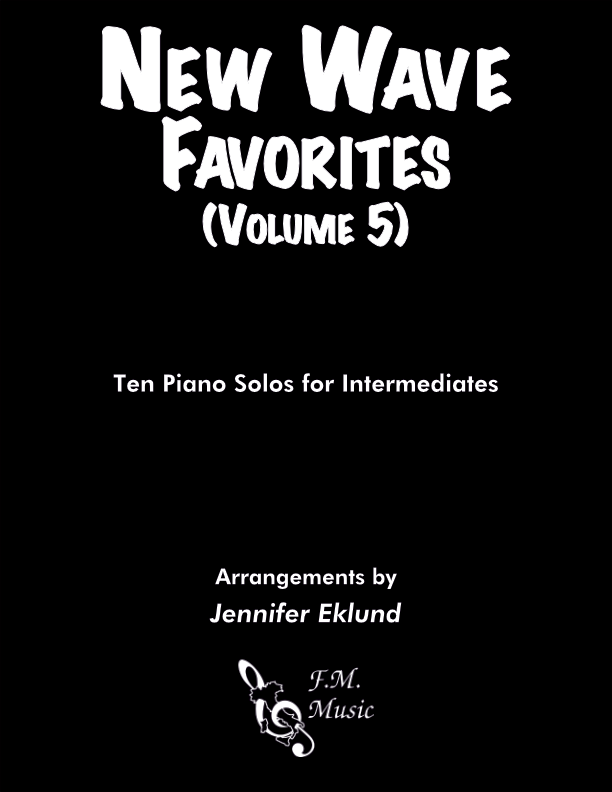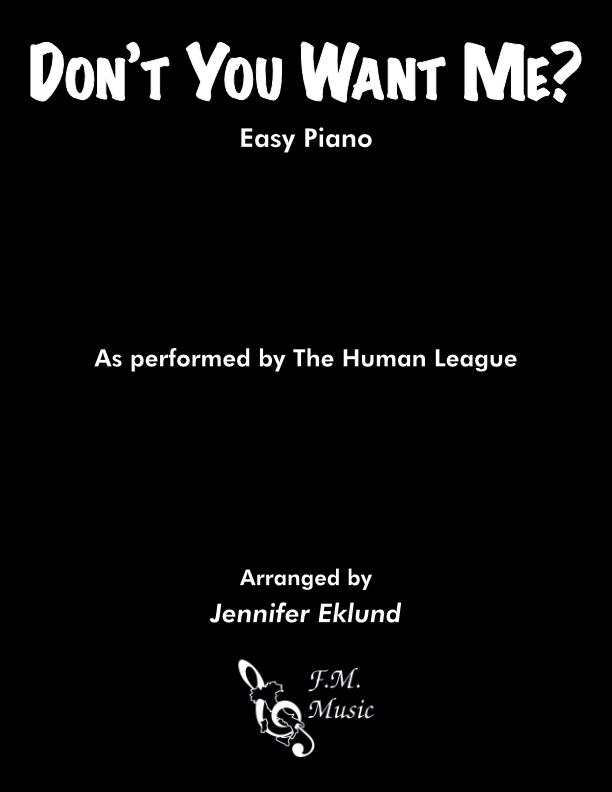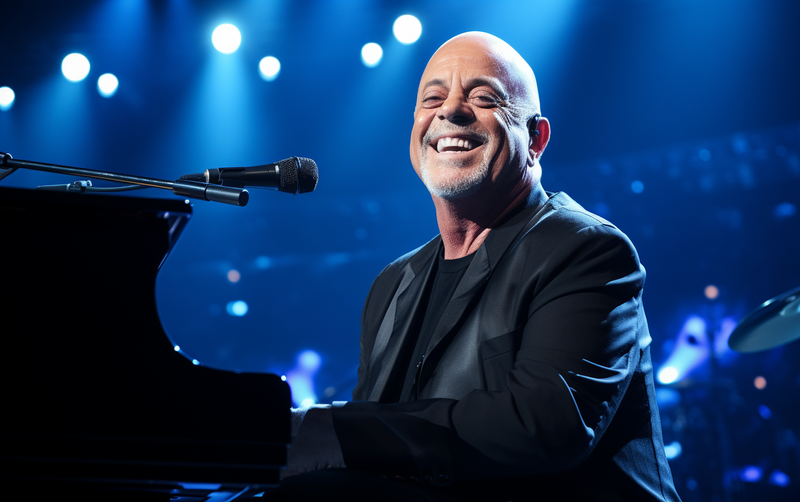🎹 What is New Wave music?
New Wave music spanned the late 1970s through the 1980s and emerged as a more melodic and light-hearted extension of punk culture. It embraced various pop-oriented styles and prominently featured the use of synthesizers. Initially a catch-all term for post-punk musical expressions, New Wave later evolved into a broader umbrella encompassing power pop, synth-pop, alternative dance, and milder forms of punk. It also can be perceived as a more accessible counterpart to post-punk.
Characterized by its distinctive attributes, New Wave music exhibited a playful and humorous pop sensibility, characterized by angular guitar riffs and unconventional rhythms, often enhanced by electronic elements, especially the use of synthesizers. A visually appealing fashion sense and distinctive music videos were crucial to the genre’s success. The movement’s roots lie in Britain, where British New Wave artists initially gained prominence and subsequently captured American audiences through platforms like MTV. The genre is sometimes referred to as the second British invasion.
New Wave’s initial peak occurred from the late 1970s to the early 1980s, supported by major musicians and a proliferation of one-hit wonders. MTV’s launch in 1981 played a pivotal role in amplifying the genre’s popularity by heavily featuring new wave acts. While New Wave experienced a decline in the mid-1980s due to the ascent of other genres, it has resurged intermittently since the 1990s, fueled by nostalgia for its influences. Additionally, new wave’s musical characteristics, including choppy rhythms, quirky pop sensibilities, and electronic incorporation, continue to have a lasting influence on subsequent generations of artists.
🎶 New Wave Favorites: Volume 5 Songbook
The following songs are included in the New Wave Favorites: Volume 5 songbook. These are all available as separate singles, but you get the most value by purchasing the whole collection. All of these arrangements are appropriate for intermediates and up.
- 99 Luftballons (Nena)
- Bad Reputation (Joan Jett)
- Blue Monday (New Order)
- Dead Man’s Party (Oingo Boingo)
- Don’t You Want Me (The Human League)
- Enjoy the Silence (Depeche Mode)
- Hit Me With Your Best Shot (Pat Benatar)
- Let’s Go (The Cars)
- The Logical Song (Supertramp)
- We Got the Beat (The Go-Go’s)
🎹 Watch a performance of the entire songbook:
⭐ Featured Favorites
There’s so many great videos from this era that it’s hard to narrow down the best ones, but these personal favorites from New Wave Favorites: Volume 5! made the cut!
“Blue Monday” (New Order) (1983)
Often considered the anthem for the New Wave genre:
“Blue Monday” is a synth-pop and alternative dance song by the English rock band New Order, released in 1983. Written and produced by Gillian Gilbert, Peter Hook, Stephen Morris, and Bernard Sumner, the song drew inspiration from various artists and marked a transition from post-punk to alternative dance. Its unique packaging resembled a floppy disk and was designed by Peter Saville and Brett Wickens. The single achieved commercial success, reaching the top 10 in numerous countries and becoming the best-selling 12-inch single of all time. Its unconventional structure, with an extended intro and distinctive synth bassline, contributed to its iconic status. The song’s influence on the dance and house music scene is recognized, solidifying its place in music history.
“Blue Monday” is considered a pivotal track that bridged disco with the emerging dance/house movement. The song’s music video, along with its innovative packaging, added to its cultural impact. The track’s enduring popularity is highlighted by its inclusion on lists of the greatest songs of all time, including Rolling Stone’s “500 Greatest Songs of All Time.” It has been covered by various artists and remains a testament to New Order’s exploration of musical technology and their role in shaping the electronic music landscape.
“The Logical Song” (Supertramp) (1979)
“The Logical Song” is a hit song by the English rock group Supertramp, released as the lead single from their album “Breakfast in America” in 1979. Penned mainly by Roger Hodgson, the lyrics are deeply personal, drawing from his experience of being sent to boarding school for a decade. The track became Supertramp’s biggest hit, climbing to No. 7 in the UK and No. 6 on the US Billboard Hot 100 chart. It garnered widespread acclaim for its insightful lyrics and catchy melody. The song’s theme revolves around the loss of childhood idealism and the struggle to find one’s true identity, resonating deeply with listeners.
“The Logical Song” was lauded as a “small masterpiece” with Hodgson’s vocals, a spirited saxophone element, and witty humor being praised by critics. The song’s reception was incredibly positive, and it achieved chart-topping success in Canada, where it spent two weeks at No. 1 and was the top song of the year. Its enduring popularity is reflected in its continued presence in pop culture and its inclusion on lists of Hodgson’s top compositions. The song’s exploration of existential questions and societal pressures gives it a timeless appeal, making it a significant piece in Supertramp’s repertoire.
“Dead Man’s Party” (Oingo Boingo) (1986)
Unofficial Halloween anthem anyone?
“Dead Man’s Party” is a song by the American band Oingo Boingo, serving as the third single from their album of the same name. Released in 1986, the track was accompanied by another song from the album, “Stay,” on a 12” single. The song’s status as either the a-side or b-side has been debated due to differing catalog numbers and discographies. An edited version of “Dead Man’s Party” was used in a promotional music video and later appeared as the b-side of the 7” single “Just Another Day,” also from the “Dead Man’s Party” album. The lyrics of the song reference the phrase “Room for one more,” which stems from E. F. Benson’s short story “The Bus-Conductor,” symbolizing the theme of death.
The song is notably recognized for its inclusion in the 1986 film “Back to School,” where the band performs it at a party scene. Danny Elfman, the frontman of Oingo Boingo, has performed “Dead Man’s Party” as the closing encore during his Nightmare Before Christmas concerts held at the Hollywood Bowl in 2015, 2016, and 2018, as well as at Banc of California Stadium in 2021. These performances featured Steve Bartek, the former Oingo Boingo guitarist and arranger.
“Let’s Go” (The Cars) (1979)
Live performance from Midnight Special in 1979:
“Let’s Go” is a rock song by the American band The Cars, written by Ric Ocasek for their second studio album, “Candy-O” (1979). The song’s catchy hook, inspired by the Routers, features claps and a shouted “Let’s go!” The vocals are performed by the band’s bassist, Benjamin Orr.
Released in 1979 as the lead single from “Candy-O,” “Let’s Go” achieved significant chart success. It reached number 14 on the Billboard Hot 100 chart in the US, becoming The Cars’ first song to enter the Billboard top 20. The track also achieved even higher chart positions in other countries, including reaching the top 10 in Canada and Australia. The song’s lyrics tell the story of a 17-year-old girl exploring the nightlife.
“Let’s Go” features a distinctive synth melody played by Greg Hawkes using a Prophet-5 synthesizer. The song’s energy and sassy rock sound, driven by guitar and synthesizer elements, received praise from critics. The track’s commercial success solidified its position as one of The Cars’ signature hits. It was notably chosen as the 100th video to be played on the inaugural day of MTV in 1981. The song’s enduring popularity has led to its inclusion on compilation albums and continued critical acclaim.
“Don’t You Want Me” (The Human League) (1981)
“Don’t You Want Me” is a synth-pop song by the British group The Human League, credited as The Human League 100 on the cover. Released on 27 November 1981, it served as the fourth single from their third studio album, “Dare” (1981). The song became the band’s most commercially successful and iconic track. It was the UK’s biggest-selling single in 1981, claiming the Christmas number one spot and selling over 1.56 million copies in the UK alone, making it the 23rd best-selling single in UK Singles Chart history. Additionally, it topped the Billboard Hot 100 in the US for three weeks in 1982.
The song’s lyrics were inspired by a teen-girl’s magazine photo-story. It was originally conceived as a male solo but evolved into a duet with female vocalist Susan Ann Sulley, who was given the role through “luck of the draw.” Initially recorded versions were remixed by producer Martin Rushent and musician Jo Callis to achieve a softer, poppier sound, despite Philip Oakey’s initial objections.
“Don’t You Want Me” garnered critical acclaim and is widely regarded as a classic of the era. Its music video, directed by Steve Barron, is known for its innovative and elaborate production. The video’s storyline features a murder-mystery film being made, with the band members taking on various roles. The song’s popularity led to its recognition as a breakthrough song during the Second British Invasion of the US in 1983 by Rolling Stone. In 2015, it was voted the seventh-favorite 1980s number one single by the British public and in 2022, Rolling Stone ranked it among the 200 Greatest Dance Songs of All Time.



 - Easy/images/Cover--bluemonday-EZ-MN.png)
 - Intermediate/images/Cover--bluemonday-INT-MN.png)
 - Advanced/images/Cover--bluemonday-ADV-MN.png)
 - Easy/images/Cover--logical-EZ-MN.png)
 - Intermediate/images/Cover--logical-INT-MN.png)
 - Advanced/images/Cover--logical-ADV-MN.png)
 - Easy/images/Cover--deadmansparty-EZ-MN.png)
 - Intermediate/images/Cover--deadmansparty-INT-MN.png)
 - Easy/images/Cover--letsgo-EZ-MN.png)
 - Intermediate/images/Cover--letsgo-INT-MN.png)


 - Intermediate/images/Cover--safety-INT-MN.png)
 - Advanced/images/Cover--whitewedding-ADV-MN.png)
 - Intermediate/images/Cover--downunder-INT-MN.png)
 - Intermediate/images/Cover--head-INT-MN.png)
 - Easy/images/Cover--dancinghorses-EZ.png)
 - Advanced/images/Cover--lovemyway-ADV-MN.png)




Hi Jennifer, Any chance you would be interested in arranging Seasons In The Sun? Thanks for the consideration.
I’ll certainly give it a look and consider it!